Speeches Shim
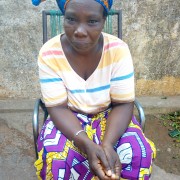
Fanta Sogoré has been trading fresh and smoked fish for over 30 years now. Since the age of 15, she has traveled 100 kilometers each week to the town of Selingué to purchase products from local fishermen. Sogoré then sell these products in a community in the nation’s capital of Bamako where over a thousand households live.
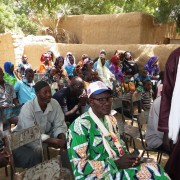
Poverty, early marriage and pregnancy – these are just a few of the barriers that girls face in Mali when if comes to getting an education. But in places like the Niono area of Ségou region, leaders in the community are taking an active stand against the socio-cultural factors that frequently keep girls out of school.
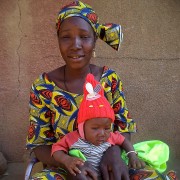
Women and children can be particularily vulnerable to malnutrition. In response to this vulnerability, USAID’s Food for Peace created the Harande project to target women’s and children’s nutrition in Mopti. The project’s activities are wide ranging, including everything from radio message broadcasts to theater skits and community dialogue to promote key nutrition practices.
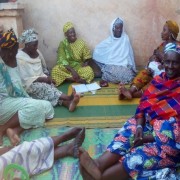
Mali is a deeply patriarchal country. There are many inequalities that adversely affect women and girls, one being prevalent domestic violence. A 2012/2013 USAID Gender Assessment found a vast majority of women in Mali suffering from domestic violence. In fact, the Assessment reported that 76% of women think it is acceptable for a man to beat a woman for burning food, arguing, going out without telling the man, being negligent with children, or refusing to have sexual intercourse. One of the reasons women think this way is because of poor understanding of their legal rights and structural limitations on women’s access to justice.
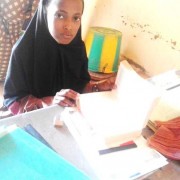
December 2018—Mariam Ibrahim is a 12 years-old young girl from the village of Haoussa Foulane in the commune of Gabero in Gao region. After the 2012 conflict in the Northern regions of Mali, she dropped out from the madrasa school of Zinda. Mariam let down her educational and professional ambitions, as almost 50 children from her village. Since that period, her days were rhythmed with domestic chores. As the education situation in Mali moves from emergency to protracted crises, and schools begin to reopen, there are many children and youth who have missed out on years of schooling. As a result, thousands of them have been deprived of opportunities to learn and make living wages.

Comment
Make a general inquiry or suggest an improvement.